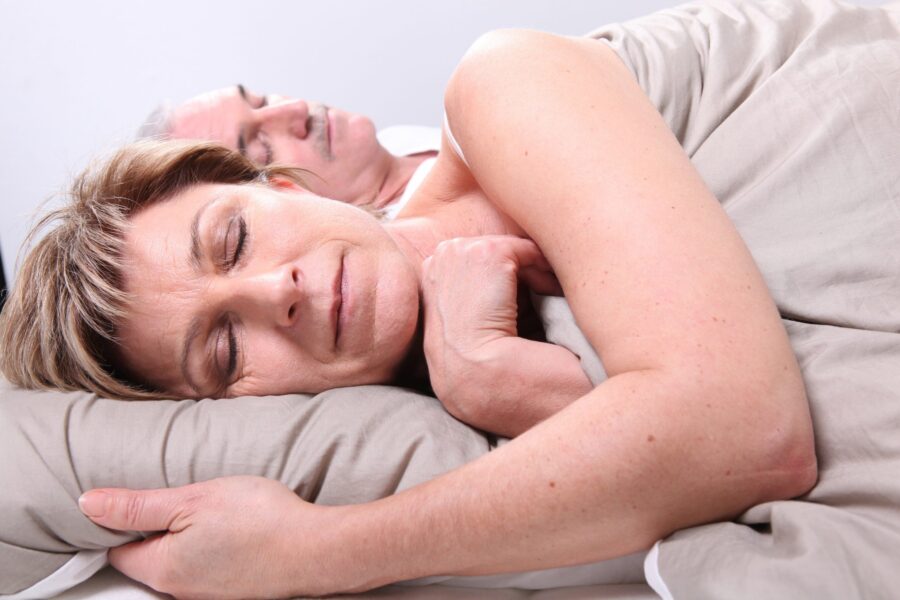Obstructive sleep apnea (OSA) is closely associated with diabetes, especially type 2 diabetes. Treatment for obstructive sleep apnea (OSA) can reduce the risk of acquiring type 2 diabetes, and if you already have diabetes and have acquired sleep apnea as a result, CPAP (Continuous Positive Airway Pressure) therapy can greatly improve your health by allowing you to better control your glucose levels while you sleep.
Understanding the Diabetes Condition
When your body’s natural insulin is either not produced at all or is no longer efficient at controlling blood sugar levels and converting food into energy, you have diabetes. Obesity, hyperglycemia, and sleep apnea are all risk factors for developing type 2 diabetes, which is associated with a host of serious medical issues include neuropathy, cardiovascular disease, and vision loss.
Roughly half a million Australians, or about 18% of the total population, are believed to have developed type 2 diabetes. The direct personal expenditures for persons with diabetes range from $2,000 to $10,000 annually for medicine and diabetic consumables.
See also: The Connection Between Sleep Apnea and Menopause

Diabetes Symptoms
If you have symptoms of diabetes, such as: Feet that feel numb or tingly, it’s crucial to consult your doctor; Constant hunger or weariness; passing urine often during the night; the development of soft, black patches of skin on the armpits, neck, or calves are other symptoms.
What is Obstructive Sleep Apnea (OSA).
For those who suffer from sleep apnea, the tongue and other soft tissues at the back of the throat relax too much during sleep, preventing adequate airflow. When your brain detects a drop in oxygen levels, it triggers a brief awakening. Although these brief awakenings seldom cause complete consciousness, they can interrupt your sleep cycle and can occur repeatedly throughout the night (sometimes as many as ten or more times each hour). This is why people with OSA can “sleep” for eight hours straight and still feel drained the next morning.
Daytime drowsiness and impaired cognitive performance are only the beginning of the problems associated with chronic sleep deprivation; it also increases the risk of developing cardiovascular disease, stroke, and, yes, diabetes.
More than 10% of Australian adults are at high risk for developing sleep apnea, but the vast majority of those people have never even heard of the condition, let alone been diagnosed with it. About 80% of persons who have the illness are unaware of it, despite the fact that about 2.5 million Australians have been advised by a health professional that they have it.

It’s crucial to establish a diagnosis of OSA and get treatment if you have it to avoid potentially fatal complications.
If you are experiencing symptoms like:
Having trouble focusing or remembering during the day; feeling tired even after a full night’s sleep; waking up with a headache; feeling exhausted even though you got plenty of sleep the night before; snoring so loudly that your bedmate can hear it; snoring during the night; having trouble breathing while you sleep.
How Dangerous is the link between sleep apnea and diabetes?
Even while both have certain risk factors, this is more than just an instance of two problems having the same origin. Both diabetes and OSA are associated with a higher likelihood of developing the other, and both exacerbate existing symptoms.
Approximately 30% of Australians who have diabetes are type 2. It has been established in several studies that persons with type 2 diabetes have a greater than 50% chance of developing sleep apnea, and that this risk increases to over 80% in the presence of obesity.
An estimated 2.5 million Australians have been diagnosed with sleep apnea or are at high risk for developing the disorder. Independent of weight, sleep apnea has been linked to an increased risk of acquiring type 2 diabetes, according to the report of several published scientific researches.

Why can sleep apnea lead to diabetes?
A person with untreated sleep apnea will have irregular oxygen and carbon dioxide levels in their blood because of the repeated pauses in breathing that occur throughout the night. The prolonged exposure to low oxygen levels stresses the body, which raises blood sugar levels. Long-term hyperglycaemia has been linked to insulin resistance and the development of type 2 diabetes.
Obstructive sleep apnea is more common in those with type 2 diabetes and hypertension, so those at risk should see a sleep doctor very once.
A look at the effects of CPAP on diabetes.
All of these hazards may be mitigated with the right assistance. In addition to the obvious benefits of increased alertness and cognitive function and decreased risk of additional issues connected with sleep apnea, treating sleep apnea in diabetics has been proven to enhance night-time glucose levels and insulin sensitivity. According to research, patients with Type 2 diabetes and obstructive sleep apnea had significant improvements in their glucose levels at breakfast and 24-hours later after starting CPAP therapy. An expert at Air Liquide Healthcare, who specialises in treating sleep apnea, deduced that this type of treatment has been shown to reduce daytime blood pressure, the risk factor most closely associated with cardiovascular disease and stroke
Poor glucose control is directly correlated with the severity of untreated sleep apnea; nevertheless, it has been shown that treating OSA with CPAP therapy may be as beneficial as utilising oral diabetic medication in addressing this issue.
Consult your physician.
In order to live a longer, healthier, and more fulfilling life, it is crucial to consult a doctor if you experience any of the symptoms associated with obstructive sleep apnea or diabetes. Visit Air Liquide Healthcare website to learn more about diabetes and its dangers, and get in touch with a professional if you’re having trouble sleeping due to sleep apnea.





